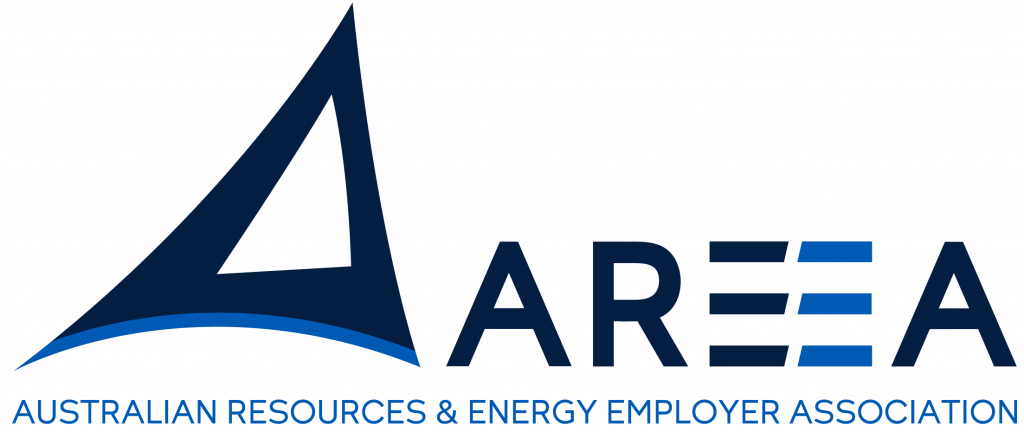The hunt for Australia’s next wave of resources could be spurred by a new plan to dig deeper than ever before.
The Australian Academy of Science is proposing the development of a new ‘downward-looking telescope’ that could look at least 300 km beneath Earth’s surface to unlock Australia’s hidden mineral wealth.
The proposal is one of several in a 10-year plan for Australian Geoscience (2018–27) launched this week by the Academy’s National Committee for Earth Sciences.
The 10-year plan highlights how the world’s shift towards mobile device technology, renewable energy sources and electric cars will involve massive increases in demand for copper, cobalt, gold, rare-earth elements and other specialty metals.
The Committee’s Chair, Professor Sue O’Reilly AM FAA, said one of the challenges for Australian geoscience in the coming decade is to ensure the right infrastructure is in place to know how and where to explore for the critical resources needed for Australia’s future.
“This is where the downward-looking telescope comes in,” Professor O’Reilly said.
“A piece of infrastructure like this would transform our minerals sector by making deep Australia visible. It would give us a new understanding of the vertical makeup of the continent and allow us to direct our mineral exploration efforts in the two-thirds of Australia that aren’t currently cost-effective to explore.”
“By 2030, global demand for cobalt will be 47 times what it was in 2016 so unless we can become self-sufficient in this strategic metal, Australia may be held to ransom with massive price increases and chronic shortages,” Professor O’Reilly said.
“This exemplifies the need to generate new geoscience knowledge that will allow us to explore successfully in the covered areas of Australia.”
The plan also draws attention to the weakness in geoscience in Australia’s education system.
“Geoscience is largely absent in Australia’s school system because of a lack of teachers with qualifications in geoscience. Geoscience should be embedded as a core subject within every level of Australian STEM education and earth science graduates should be incentivised to obtain education qualifications,” Professor O’Reilly said.
The plan also calls for an expansion of Australia’s national computational capability to ensure that Australia retains and extends its lead in geoscience simulation and modelling capability.
To view the decadal plan for Australian Geoscience, click here.



